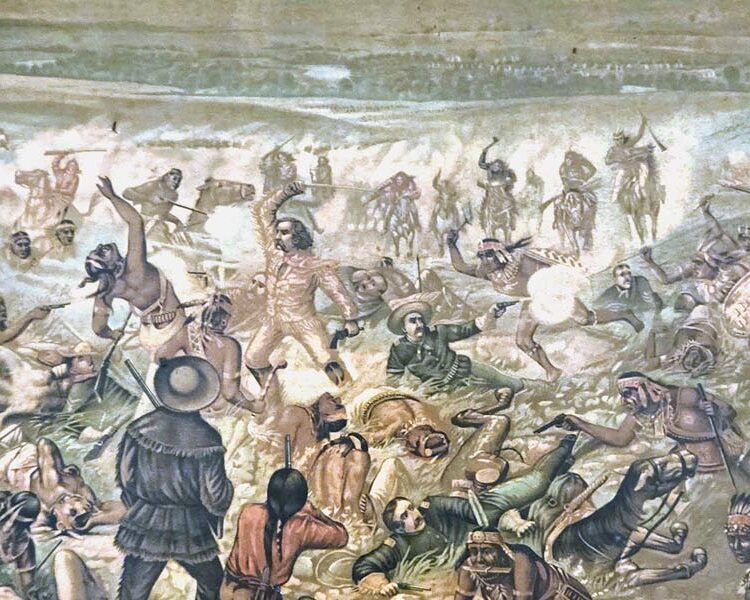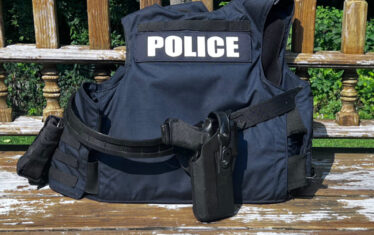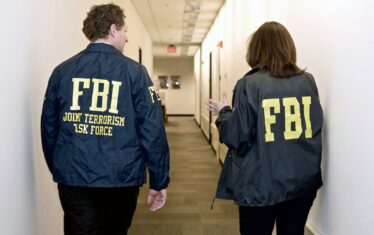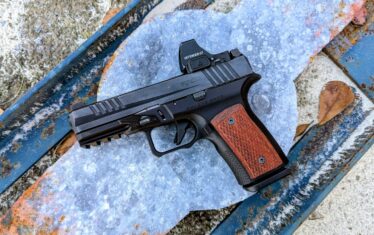The long romanticized version of the Old West was one where good guys wore white hats, shootouts were at noon, and gunslingers carried their firearms everywhere they went. Nostalgia remembers the Wild West as an untamed land of wide open plains, where the Colt Peacemaker revolver and Winchester lever action rifles helped bring order to the chaos.
The fact is very different from the fiction. Good guys didn’t typically wear white hats, and the “Boss of the Plains” hat, introduced in 1865, didn’t initially look quite like how we picture it — as it had a round flat brim and smooth rounded crown. Likewise, no known shootout took place at noon, and guns weren’t always so universally carried.
By the end of the frontier era, semi-automatic pistols were carried as much as the Peacemaker.
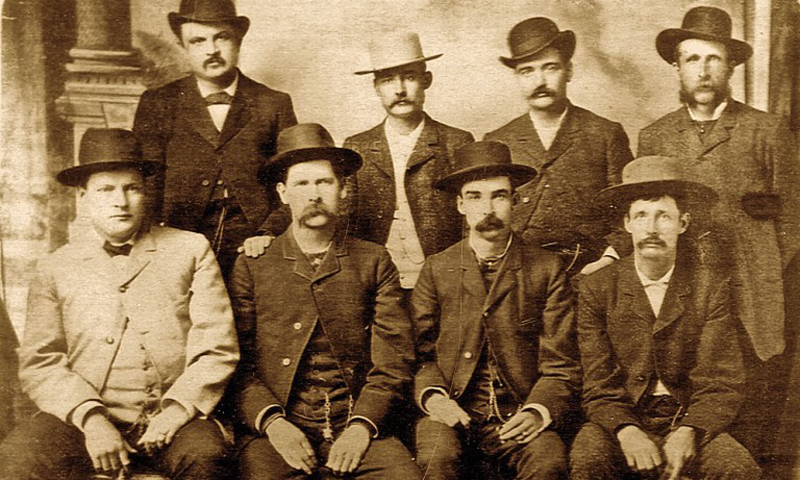
The Origins of the Frontier Myth
Much of our modern view of the Old West continues to be shaped by movies, TV shows, and even video games. And this has always been the case.
Motion pictures were still in their infancy when The Great Train Robbery was released in 1903. Though other “Cowboy” films had been made before it, the 12-minute-long film is considered the first true Western, introducing many of the elements so common today. One irony is that it was filmed in New Jersey, which stood in for the American frontier.
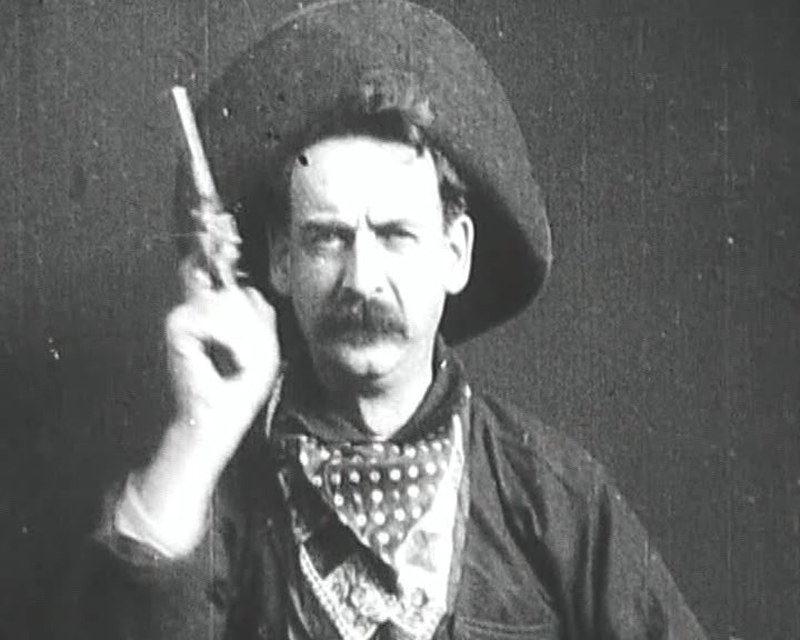
That film certainly set the tone for Westerns to come, but the myth of the frontier was already engrained in the American culture. Even before there was an Old West, and what we know now as “the frontier” were still parts of Spanish America, there was the view of the vast land being wide-open with unlimited opportunity for those with just enough ambition and self-reliance.
It was the works of 19th-century author James Fenimore Cooper who brought the frontier hero to the forefront of American society in his novels including The Pathfinder and The Last of the Mohicans. Those books reached the mainstream while real-life men including Daniel Boone, William Clark, Daavy Crockett, Christopher “Kit” Carsen, and William F. “Buffalo Bill” Cody personified the myth — even if their respective exploits were highly embellished and exaggerated.
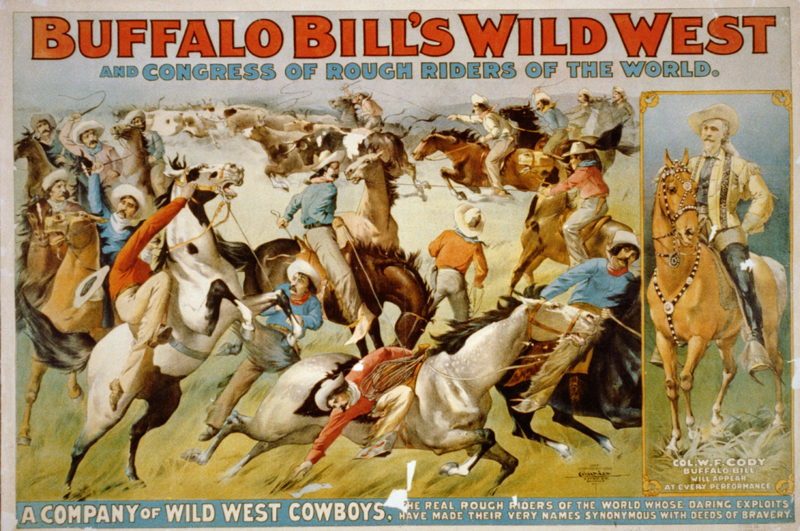
“One of the earliest versions of pop culture were dime novels sold in the 19th century, and these romanticized the version of the Old West, while later Buffalo Bill’s Wild Show traveled around the world, bringing the myth to many people,” explained Ashley Hlebinsky, firearms historian and founder of The Gun Code.
“There remains this image of what America could become in the post-Civil War,” she added. “There was this spirit of nation-building, which came with the idea of triumph from tragedy. But there was also the attempt to create a true national identity, and that narrative is what was seen in pop culture from that time to the modern day.”
Those early dime novels and Buffalo Bill’s Wild West served to instill the myth of the high-noon shootout and the wild frontier, and in turn, it became a staple in early cinema. Notably, while the Buck Rogers and Flash Gordon movie serials of the 1930s and 1940s were often accepted as whimsical with no basis in reality, the early Western serials were almost taken as historical facts.
“Hollywood based its history on actual events, but those events were made to be more entertaining and action-packed,” added Danny Michael, the Robert W. Woodruff Curator at Cody Firearms Museum.
“There were a handful of the classic duel-style shootouts but not as many as Hollywood would say. They stand out because a handful of notable ones made good headlines and inspiration for dime novels. Featuring in novels and early Wild West pop culture led to the inclusion in early Western movies and then becoming a staple of the genre. It makes better drama than the chaotic nature of some of the real gun fights.”
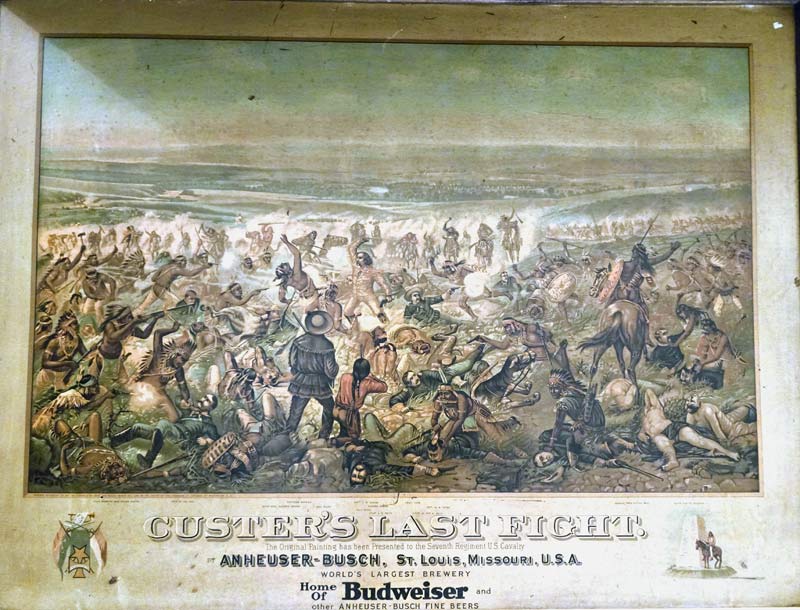
Gun Fights Weren’t Quite So Common
Many people watch Westerns because there will be a shootout at some point. And if we take movies as historical fact, it would seem the Wild West was more violent than any part of the world at the time. Yet, there really weren’t shootouts like in the opening sequence of The Wild Bunch or the climax of Kevin Costner’s Open Range. There were some notable incidents, however.
“The first one that comes to mind is the Northfield Raid,” said Michael, referencing the September 7, 1876 robbery in which the James-Younger Gang rode into Northfield, Minnesota, to rob the town’s First National Bank as locals engaged multiple gang members.
“Cody, Wyoming even had a roughly equivalent one where two men robbed the bank and killed a teller before being shot at from the Irma hotel. The gun battle wasn’t super long but there were multiple armed individuals on either side of the street,” Michael noted.
Rarely — if ever — was a town shot up with countless bystanders caught in the crossfire. The bank robbers of the 1930s actually created more chaos than the gangs in the Old West. In fact, the 1993 film Tombstone serves to remind viewers that the now infamous Gunfight at the O.K. Corral was also a rather brief affair.
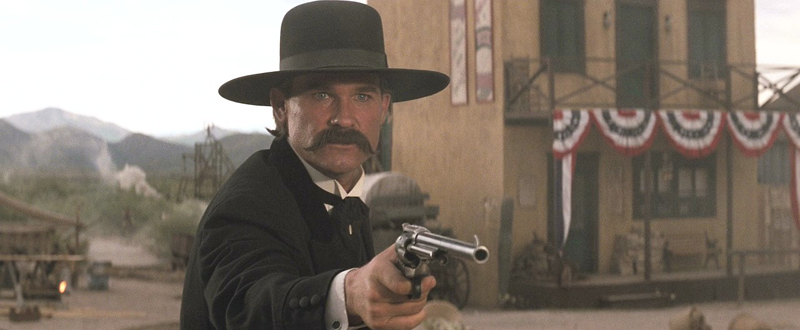
“In general, real Old West shootouts were one guy against one guy, and the times you did have a shootout it wasn’t nearly as dramatic as in the movies,” said Hlebinsky. “More likely everyone was trying to hide behind cover.’
Gun Control Existed — But It’s Complicated
Back to the Future III and Tombstone may offer two entirely different versions of the Old West (and few would take the former too seriously), but one thing that both films highlight is that some towns had gun control measures in place. That wasn’t an attempt to strip away Second Amendment rights, but to keep disagreements from spiraling out of control quickly.
That aforementioned “Gunfight at the O.K. Corral” began as Marshall Virgil Earp, who deputized his brothers Wyatt and Morgan and his friend Doc Holliday, sought to disarm several Cowboys who violated the local ordinance by carrying their firearms into town.
In general, however, citizens could own firearms, and it was even encouraged. Simply put it was a different time, and the carrying of firearms varied considerably across the frontier.
“In some cases, the time period was more permissive than today, with the open carry of firearms being pretty normal,” said Michael.
“In other cases, there were near-total bans on carrying firearms in local jurisdictions. One of the details that is hard to figure out is how any law on the books might be applied. We know there was a law, but enforcement was another matter entirely. So what we know as gun control was pretty limited in the Old West, or at least situational I would say. However it was not unheard of for some locations to restrict firearms carry, although virtually never possession.”
Guns Were Expensive But There Were Many Options Available
It needs to be remembered too that while firearms of the day were expensive, those living and working on the frontier didn’t have a lot of other expenses. Mortgages as we know them today didn’t exist, people bought horses outright and didn’t finance a car, and there weren’t endless consumer goods like TVs and smartphones.
Money was spent on food, land, housing, and firearms to protect those items. For those on the frontier, it often meant having more than a single firearm — and while maybe not an arsenal, it was good to have a backup or two.
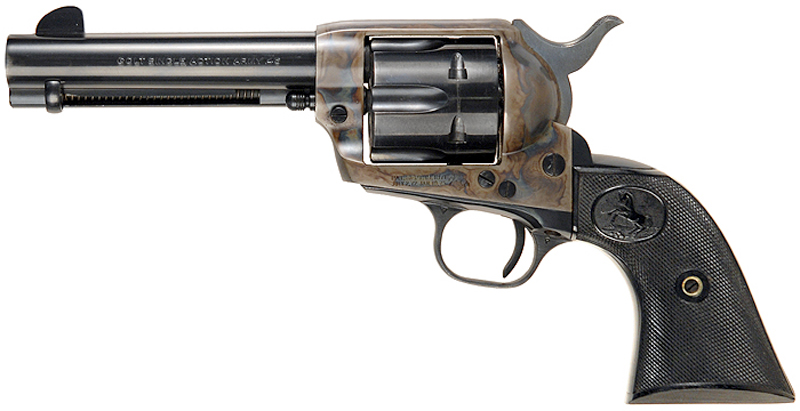
“Most of the famous western figures we know had lots of guns,” said Michael, noting that the museum is now running an exhibit about the guns of Buffalo Bill’s Wild West Show.
“Cody himself probably had dozens if not hundreds over the course of his career,” added Michael. “For the everyday folks, there were lots of value considerations, but they probably weren’t limited to owning one gun if they wanted.”
Winchester and Colt were very much the Ford and Chevy of their day, and Colt was a pioneer of marketing campaigns and celebrity endorsements. It should be remembered too that in the years that followed the American Civil War, there was no shortage of surplus firearms, while dozens of brands entered the market.

“Many of the surplus rifles were far less than what you’d pay for a Winchester,” Hlebinsky explained.
“Just like today there were also less expensive alternatives to the name brands,” Michael added. “Some Civil War carbines were surpluses for less than a dollar and would have made serviceable frontier arms and many did. Bannerman and Schuyler Hartley & Graham being two wholesalers that made their companies successful this way.”
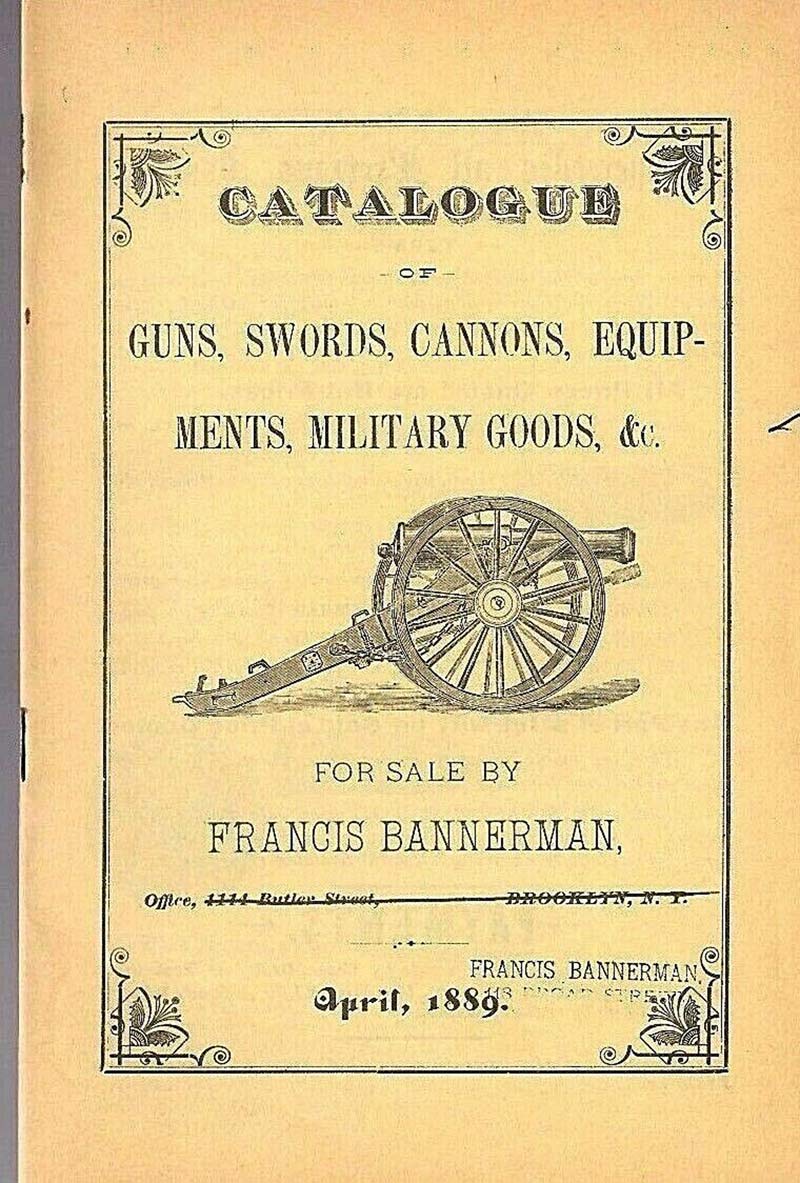
One firearm that was likely more common than movies and TV shows suggest was the Rolling Block, a simple single-shot firearm designed by Leonard M. Geiger while working at the Remington Arms Company. Its lack of notoriety may have been a case of marketing.

“Winchester may have pumped money into advertising and those images survived,” said Hlebinsky. “The lever action rifles were also present in the early Western films.”
Hollywood Gets It — Sort of — Right
In recent years, Hollywood has certainly upped its game in accuracy. But there was a time when the Winchester Model 1892 served as a go-to lever action rifle for films set anywhere from the 1850s onward. Audiences likely didn’t know it was anachronism, or likely didn’t care.
Movies and TV shows today strive for far greater accuracy, and the armorers on the productions are clearly working to get it right.
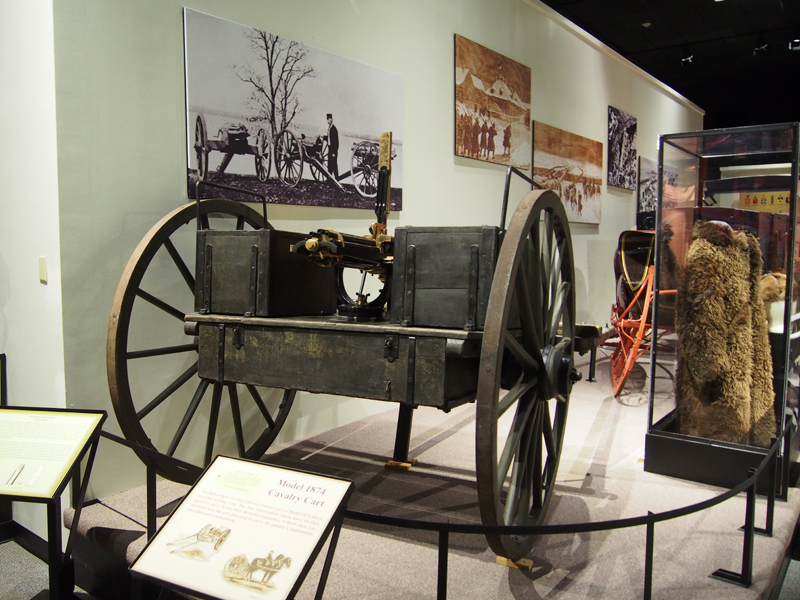
“Movies have been at times wildly inaccurate about the guns in use. Think a particular model on screen before it was invented, revolvers that never reload, or Hollywood’s love of that Gatling Gun onscreen even though they were nearly never fired in anger in the West,” said Michael.
“But they have been very accurate at times, in some cases because early Westerns just used the guns that were still on hand, and in other cases, because they have paid close attention to detail or hired the prop houses that know these things. The crew at Hollywood Weapons has delved into the ways movies get it right and wrong, not just with Westerns, but suffice to say, productions that have made the effort have been very realistic in their firearms choices.”
In addition, some late 19th-century and early 20th-century firearms may be “underrepresented” in pop culture.
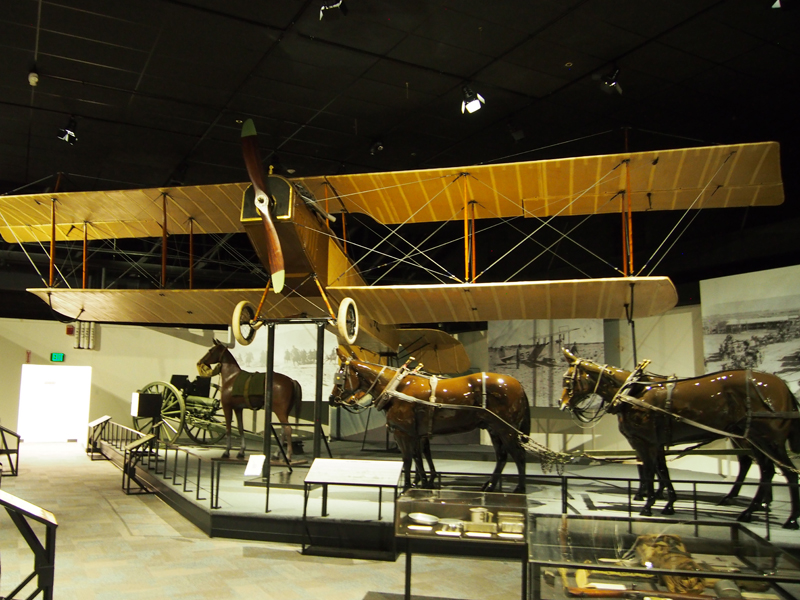
Though the U.S. Census Bureau announced in 1890 that the rapid settlement in the West made it difficult to distinguish between the frontier and settled areas, the image of the Wild West existed into the first decades of the 20th century and some unexpected guns were carried.
“You certainly saw early semi-autos in the American West,” said Hlebinsky. “Those who could afford it looked to new firearms.”
Sam Peckinpah’s 1969 film, The Wild Bunch, serves as a good example as the bandits are seen with Colt Model 1911s, which given its 1913 timeframe is accurate – yet, the film also features a Browning Model 1917 water-cooled machine gun, which was a crucial plot point.
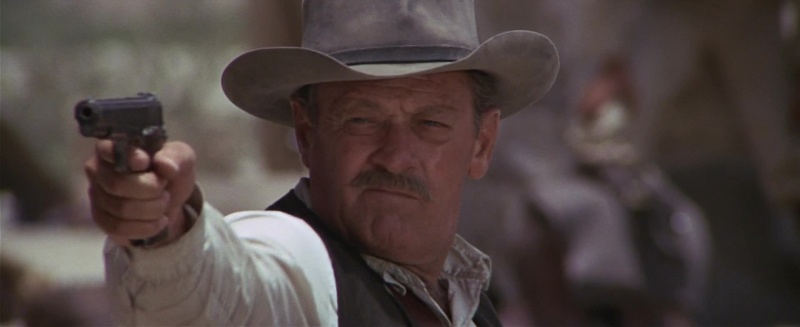
“Even the realistic ones have to take some liberties,” Michael suggested.
“Watching a main character reload an 1851 Navy isn’t the most thrilling action sequence. A good practical example is the flintlocks from John Wayne’s version of The Alamo. The flintlocks are all dressed up Springfield Trapdoors because it was easier to load blank cartridges than blank muzzleloaders. They picked a gun that was available and inexpensive to the studio, which filled a need to be easy to use and could be disguised at a distance to pass as the guns for the period. Close up we can pick them apart for being unrealistic, but otherwise, it was a pretty reasonable choice to make the movie.”





